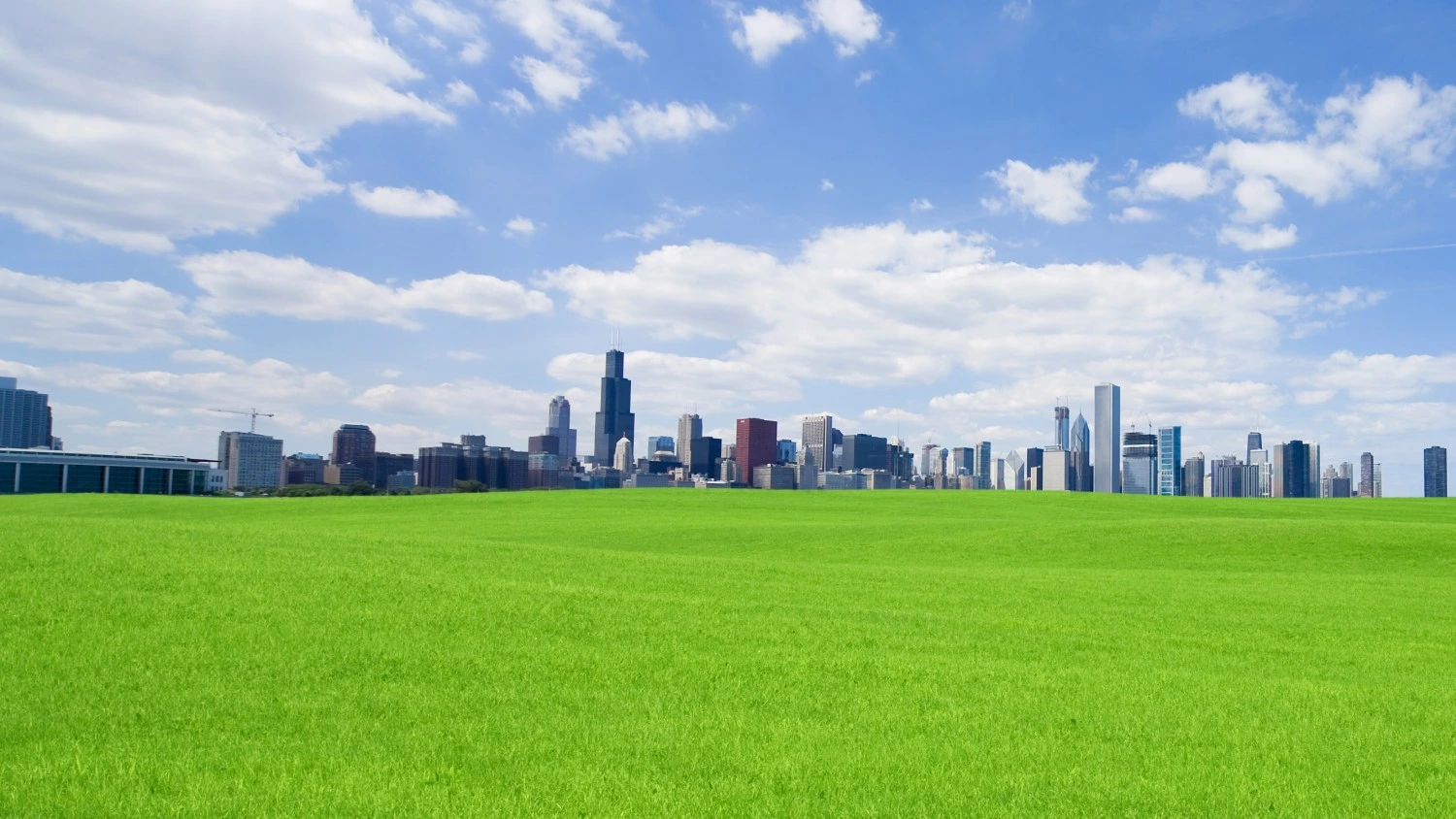
Which sectors make the most green field investments? Where does the automotive industry prefer factories to be built? What are the risks of such developments? Dr. Zoltán Nádasdy MRICS, head lawyer at Noerr’s Budapest office, answered these questions and more.
Which sectors make the most green field investments? Where does the automotive industry prefer factories to be built? What are the risks of such developments? Dr. Zoltán Nádasdy MRICS, head lawyer at Noerr’s Budapest office, answered these questions and more.
Who are the clients who solicit your help with regard to green field investments? What sectors are they coming from?
Most of the green field investments are carried out in sectors linked to the automotive industry. The most active green field investors are vehicle manufacturers and their suppliers. It is a natural process that when establishing sites in a new country, the vehicle factory wants its suppliers to be as close as possible. This seemingly simple connection in practice requires the co-operation of several fields, and necessitates good legal advice.

The automotive industry had a serious shock recently. Does the Volkswagen scandal affect you in any way?
For the time being we don't feel the effects of the Volkswagen scandal, it is still very fresh. Considering the time necessary for planning and preparation, green field investments are completed over several years, so the negative effects of any market event will only be visible in the long run.
Which are the most popular areas for the realisation of green field investments?
One of the obvious basic conditions for green field investments is the availability of a suitable area for the construction of the factory. A green field investment is called a green field investment because previously there wasn't any industrial activity present in the area, this fact ruling out the availability of infrastructure necessary for the building of the factory. Obviously, an energy-supply infrastructure is necessary in the vicinity of the factory, enabling connection to the area with reasonable time and costs. The closeness of motorways, railways and possibly an airport is of critical importance, in order to facilitate the transport of the raw material to the factory and the end product from the factory. Additionally, a qualified workforce is essential, who can be employed by the opening of the factory and who can be deployed in case of an expansion. It is also beneficial if the factory is being built in the vicinity of one of the state borders, so in case of expansion the workforce capacity across the border can be utilised. To benefit from state support, it is worth considering that the less developed regions will be given higher intensity support.
The workforce mobility in Hungary is quite low, in other words employees are not willing to move to another part of the country for work. This is a feature that needs to be considered when choosing the location. Additionally, due to the dual trainings and further training of the workforce, and to ensure the long-term availability of a qualified workforce, the closeness of universities is essential.
What are the main legal challenges companies face when planning such investments?
One of the benefits of green field investments is that previously there wasn't any kind of activity present in the area, allowing the investor to shape the factory the way it is most suitable for the company. This is also what makes the task harder from a legal point of view: establishing the legal and administrative conditions of the factory building is a serious challenge. Furthermore, following the location choice, the companies are working under serious time pressure to facilitate the start of the production on the site as soon as possible. Therefore, the projects need to be conducted and negotiated to adhere to the target date of the production closely, not allowing anything to endanger it. The complexity of the task originates from the fact that it is conducted by many participants with various interests and priorities, with regard to, for example, ceasing the cultivation of the land, changing its categorisation, the planning and construction agreements and the infrastructural development and investments.
What risks are to be considered when planning a green field investment?
The biggest risk is meeting the deadlines, as delays in production can cause significant losses to the companies. Usually, when conducting a green field investment, all stakeholders are working on the facilitating of the project, as the region and city in question benefit from a new production facility. On the other hand, sometimes trivial objective obstacles may arise that can endanger the timely completion of the project.



